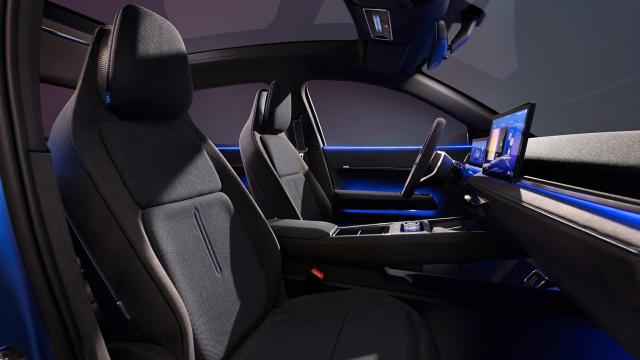There’s more than nostalgia making folks pine for the days of knobs, dials, and buttons. Touchscreens are fine for all-in-one devices but not for something as simple as controlling a car’s air conditioning. Volkswagen had to learn the hard way that just because something can be put in a touchscreen doesn’t mean it should. The automaker declared it will reintroduce physical controls back into future cars after eschewing them in recent releases.
The news out of Volkswagen has filtered out to the U.S. and lit a small fire in those pining for physical controls on devices. Autocar first reported late last week that Volkswagen is going to relent on its all-touchscreen interior design and filter back in physical buttons for future car models, starting with the next-gen Volkswagen Tiguan. The company’s CEO, Thomas Schäfer, previously told Autocar that the touchscreen-heavy layout of the Volkswagen ID.3 and Volkswagen Golf “definitely did a lot of damage” to the brand, with more drivers antagonistic to having to swipe on menus to turn on lights or access heat controls.
The all-touchscreen design was propagated under former Volkswagen CEO Herbert Diess The company is going to base its interiors on the ID. 2All-concept electric cars were first revealed in March this year. Some of the touted features of the interior design were “a self-explanatory infotainment system with classic volume control and a separate air conditioning block.” The interior is still relatively light on buttons, but there’s a rotary control in the centre console instead of the climate control sliders and haptic steering wheel controls. The car should be hitting the streets sometime in 2025.
The future of Volkswagen interiors revealed. Here’s the ID.2 – on sale in 2025.
— Steve Fowler (@SteveFowler) December 14, 2023
Classy and not everything on the touchscreen. pic.twitter.com/bXef4fXk99
To be frank, the ID. 2All still doesn’t look ideal. It still seems touchscreen-heavy despite the automaker’s claims of a return to form. I can’t say too much since I don’t have much experience reviewing cars, but as somebody who’s owned five used cars in the past decade—most being a decade old at the time of purchase—who has finally landed on a lease for a 2023 Hyundai Elantra, the smartphone-ification of vehicle interiors is a hard pill to swallow. I treasure all the physical controls for climate control and seat heating far more than I do the centre console screaming at me every time I dare drift a little too close to the shoulder line.
Maybe we’ll get to the age when touch-sensitive screens and buttons can work as one, but we’re not there yet. Apple recently ditched the 13-inch MacBook Pro with the infamous Touch Bar, while we never got those low-profile “taptic” buttons on the new iPhone 15. In both cases, it’s probably for the best. There are some things, like volume or brightness controls, that work better with a physical button or knob.
While the screenification of cars won’t go away any time soon, some carmakers like Hyundai have pledged to keep using physical controls inside their vehicles. Still, other inherent issues exist with cars becoming massive, rolling entertainment systems. Gizmodo recently reported on Volkswagen and a range of other car manufacturers hoovering up user data and personal information, including your breaking habits, and pairing that with your age and gender data for the purpose of advertising.
Want more Aussie car news? Here’s every EV we’ve reviewed in the last two years, all the EVs we can expect down under soon, and our guide to finding EV chargers across the country. Check out our dedicated Cars tab for more.
